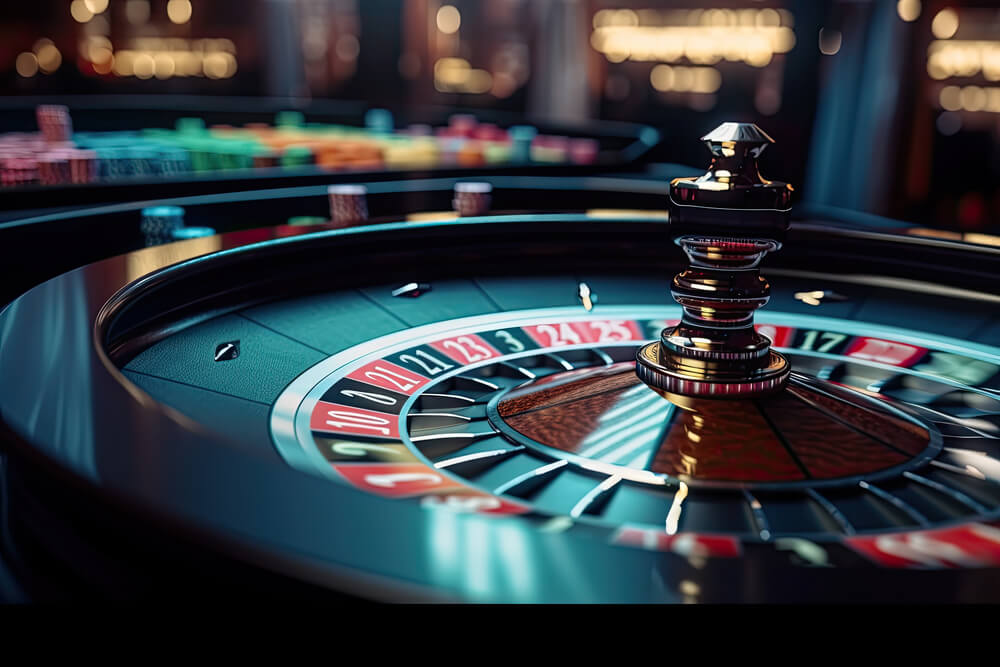
Casino offerings have been a source amusement and excitement for countless players around the world. One of the main components that renders these games captivating is the diversity of playing cards employed in various types of games. Understanding the various kinds of cards can improve your gaming experience and refine your gameplay strategies. Regardless of whether you are attracted to classic card games like poker and 21 or newer casino offerings, each game depends on a unique set of cards that affects the regulations and the flow of play.
In casino environments, cards appear in various styles, each tailored to fit the needs of particular games. From regular decks to custom card types, the diversity plays key role in shaping the mechanics of each game. By acquainting yourself with these cards and their uses, you can achieve more profound insights into the games and make better decisions at the table. This understanding not just enhances your overall gaming experience but also contributes to a higher-level approach to your chances of winning.
Types of Playing Cards
When discussing casino games, the kind of playing cards used can significantly impact the gameplay and tactics. The most common deck is the traditional 52-card deck, which consists of 4 suits: hearts, diamonds. Each suit contains 13 ranks, from ace to king. This traditional deck is essential in numerous games, such as blackjack, where gamblers aim to form the best hand possible or approach 21 as they can.
Some casino games utilize unique decks specifically designed for the game itself. For example, the well-known game of baccarat often employs various decks combined, typically 6 or 8. This not only increases the difficulty of the game but also affects wagering strategies, as players must account for the increased number of cards in play. Additionally, certain games may introduce jokers or wildcards, providing further variety and excitement to the gambling experience.
In niche games, specialized decks may come into play. For example, in games like Bridge or pinochle, participants might use unique rules with varied card values or functions. These variations keep the gameplay new and allow for varied strategies to emerge. Understanding the different types of playing cards and their specific uses in various casino games is key to enhancing one’s gaming experience and boosting overall results at the tables.
Deck Variations in Gambling Activities
In casino games, the kind of deck utilized can significantly impact both the gameplay and the tactics used by participants. Most classic card activities, such as blackjack and five-card draw, typically use a standard 52-card pack. However, modifications do exist where extra jokers or even several packs are used. For example, in 21, some casinos may use one to eight decks, which can change the odds and the basic strategy required to play optimally. Players must be cognizant of the set of cards makeup, as it influences the casino advantage.
Another common modification in gambling playing card games is the utilization of themed or custom packs. For example, some five-card draw games might use a deck that features unique graphics or patterns, which can enhance the environment at the gaming table. These specialized packs often function to differentiate between different game formats or loyalty programs within the casino. While the traditional rules of the game remain the same, the visual appeal can influence participant involvement and enjoyment.
Lastly, the shuffling methods used with various types of decks can also impact play. Casinos often utilize automatic shufflers that can effectively shuffle several decks effectively, making hand counting more difficult. The rate and manner of shuffling can differ widely based on the activity and the casino’s rules. Comprehending these card variations is important for any player looking to improve their tactics and overall enjoyment in gaming activities.
Importance of Playing Card Worth
In casino activities, the value of each card plays a critical role in deciding the consequences of different activities. Different activities assign unique worths to cards, shaping tactics and gamer choices. For instance, in blackjack, cards ranging 2 through 10 are valued at their nominal worth, while face cards hold a value of 10, and the Ace can be valued as 1 or 11. Grasping these worths allows players to make knowledgeable choices during play, improving their odds of success.
Similarly, in Texas Hold’em, the value of card values extends to hand and combination rankings. High worth cards can form stronger combinations, such as two of a kind, straights, or flush hands, which are essential for winning in the game. Gamers must assess not only their personal hand but also likely hands their opponents might hold. This strategic complexity adds interest and challenge, making card worths a central element in the appeal of poker appeal.
Additionally, the psychological element of playing card values cannot be dismissed. Gamers may use the awareness of playing card values to bluff or confuse their opponents. non GamStop casinos By understanding how a card’s value can impact the game’s dynamics, gamers can better navigate hazards and gains, creating a exciting environment in casino activities. Whether competing for entertainment or for real money, knowledge of playing card values significantly influences the overall gaming encounter.
